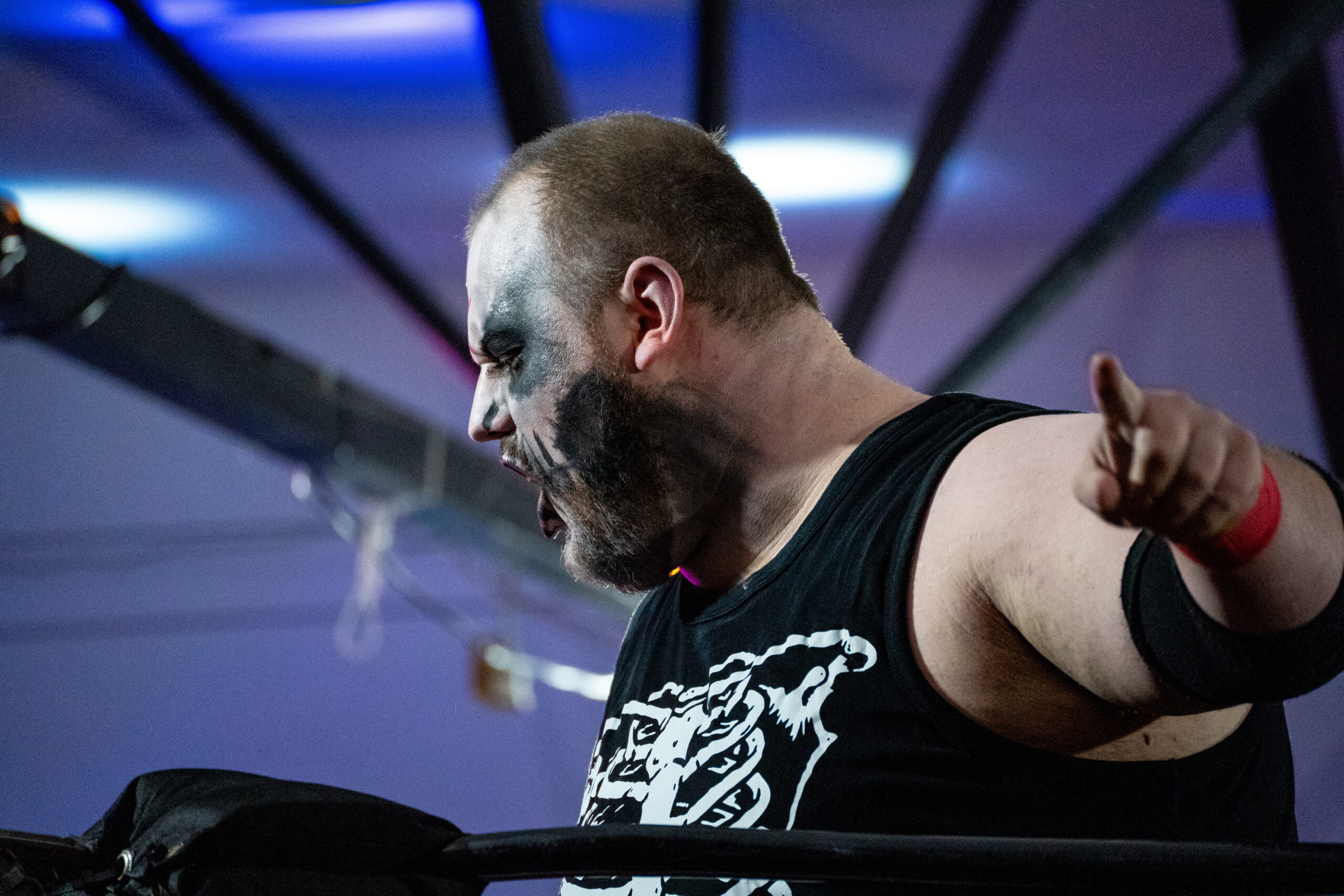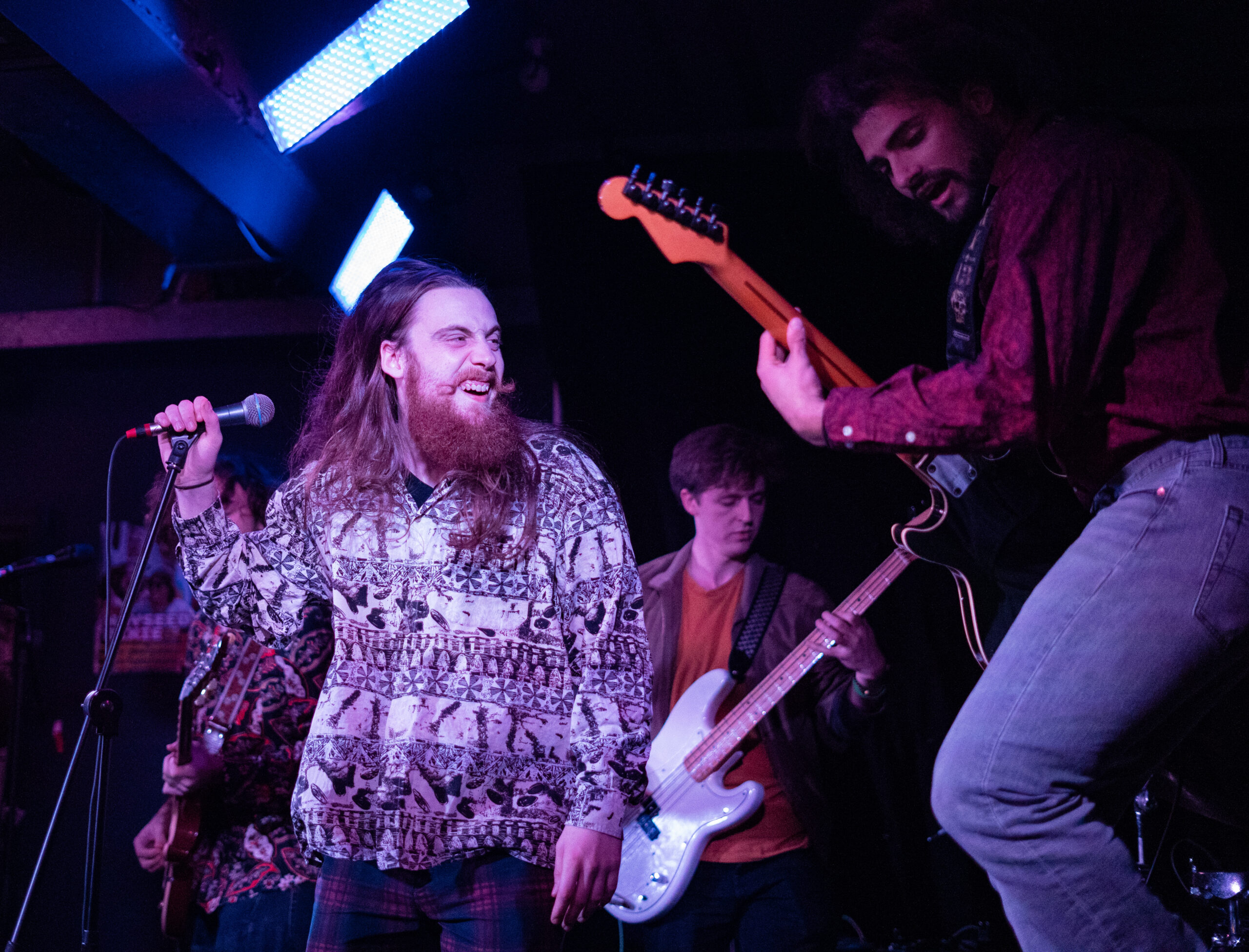So, You’ve Put on a Blinder of a Show… Now What?
The final bell rings. The crowd is absolutely electric, the babyface has just conquered the monster heel, and you’re pretty sure that main event was a five-star classic. The energy! The drama! The high-flying spots that had everyone on their feet! You, the promoter, have put on a proper blinder of a show.
But then you see the footage back.
Oh dear. It’s shaky, the lighting makes your top star look like they’re wrestling in a cave, and the sound is so muffled you can’t even hear that thunderous chop that echoed through the building. Suddenly, your epic event looks less like a must-see promotion and more like a fuzzy memory from a mate’s mobile phone. It’s a gutting feeling, isn’t it?
This is a common hurdle. Capturing the soul of your show on camera is a different beast entirely from running the show itself. This guide is here to break down why professional wrestling videography isn’t just a ‘nice-to-have’—it’s the single most powerful tool for growing your brand, selling more tickets, and making your promotion look every bit as incredible as it feels live. Let’s get to it!
Why Your Mobile Phone (and Your Mate Dave) Just Won’t Cut It
Look, we get the temptation. You’ve got a brand new phone with a fancy camera, and your mate Dave is happy to stand by the ring and film it for a couple of free tickets. What could go wrong?! On the surface, it saves a bit of cash, but in reality, it puts a hard ceiling on your promotion’s potential. Plus, let’s be honest about Dave. He might be your biggest fan, but he isn’t a camera operator. He’ll get caught up in a shocking near-fall and forget to follow the action, or his arm will get tired five minutes in, resulting in that classic, wobbly ‘home video’ look.
Beyond that, a phone’s camera sensor is tiny. It’s brilliant for holiday snaps, but it just can’t handle the extreme lighting conditions of a wrestling venue, a brilliantly lit ring surrounded by near-darkness. This results in either a blown-out, white canvas or a murky, grainy mess. Then there’s the audio; a phone mic is designed to pick up your voice, not the sickening thud of a powerbomb from across the room. Worse still, many phones try to cancel background noise, which means they might actively silence the roaring crowd, the very atmosphere you need to capture!
And the zoom? Forget about it. That crystal-clear punch becomes a pixelated blur. Relying on a phone for your wrestling filming immediately tells viewers that this is a low-budget production, undervaluing the incredible effort your talent is putting in.

The Pro Gear Trinity: Getting Your Cameras, Lighting, and Audio Right
Right, so if a phone is out, what’s in? The real magic that separates the big leagues from the local hall shows boils down to three key things: cameras, lighting, and audio. Getting this trinity right is what transforms your event from something that happened into a spectacle people can experience again and again.
First up, cameras. And notice that’s plural! The single biggest step-up is moving to a multi-camera setup. Think about any wrestling you watch on telly; they cut between different angles constantly. You need a main ‘hard cam’ that captures the whole ring, clean and steady. But then you want a second, maybe even a third, camera prowling at ringside, getting those intense close-ups on wrestlers’ faces, capturing the action from a low angle, and making every move feel more impactful. It adds a layer of dynamism that one camera simply can’t fake.
Lighting is just as crucial. Poor lighting makes everything look flat and cheap. Good lighting creates mood, directs the audience’s eyes, and makes your wrestlers ‘pop’ from the background. It ensures that even the fans in the back row (and especially the viewers at home!) can see every grimace and every high-flying maneuver with perfect clarity. Finally, professional audio means using the right mics for the right job, capturing the thunderous boom of a slam on the mat and the wild energy of the crowd, then balancing them perfectly. Nailing these three elements is the absolute bedrock of high-quality wrestling videography.
Capturing the Story, Not Just the Moves
Anyone can film a wrestling match. A suplex is a suplex, a chop is a chop. But what makes fans truly invest? What makes them jump to their feet, boo the villain, and cheer the hero? It’s the story. And your videography is your primary storytelling tool.
Think about it. A slow zoom-in on a wrestler’s face as they struggle to get up tells a story of resilience. A quick cut to a shocked audience member when a surprise finisher is hit tells a story of unpredictability. These aren’t just random shots; they are deliberate choices that build a narrative. Your camera operators need to understand the psychology of a match. Who is the fan favourite? Who is the aggressor? The camera should follow the emotion. When the hero is in peril, the shots can be tight and claustrophobic. When they start their big comeback, the camera can pull back, capturing the energy of the whole room.
This is where professional wrestling filming elevates itself. It’s about anticipating the key moments before they happen. It’s knowing to catch the subtle sneer the heel gives the crowd or the look of desperation in the babyface’s eyes. These are the details that create emotional investment, and that investment is what keeps fans coming back for more, show after show.
Post-Production Power: Putting It All Together
The show is over, the ring is packed away, and the cameras are back in their bags. Job done? Not even close! The magic that turns good footage into a great product happens in the edit. This is where all the raw material from the night is crafted into a polished, professional, and endlessly reusable asset for your promotion.
Remember those different camera angles we talked about? The edit is where they come to life. An editor will cut seamlessly between the wide hard cam and the dynamic ringside shots, ensuring the audience at home always has the best possible view of the action. This process sets the pace, builds tension during a submission, and makes every high spot look even more spectacular.
But it’s so much more than just cutting clips together. Post-production is where your branding gets stamped all over the footage. Slick graphics with wrestler names, match announcements, and your company logo in the corner transform the video from a simple recording into a proper, telly-ready programme. Add in some colour correction to make the visuals pop and you’ve got a consistent, high-quality look. The edit is where raw wrestling filming footage is spun into marketing gold: highlight reels, social media clips, and hype videos for your next event.
Hiring a Pro: What to Look For in a Videographer
Okay, you’re convinced. A pro it is. But how do you separate the contenders from the pretenders? Finding the right person or team can feel a bit like scouting for a new main eventer, but a few key checks can make all the difference.
First and foremost, demand to see their portfolio or showreel. This is non-negotiable! Look for experience filming live events, especially sports. While direct wrestling experience is the absolute gold standard, someone who has filmed football, boxing, or even live music will understand how to handle unpredictable action and tricky lighting. If their reel is full of slow, cinematic wedding shots, they might not be the right fit for the fast-paced chaos of a wrestling show.
Next, and this is a big one, do they actually understand pro wrestling? Have a proper chat with them. Do they know what a hot tag is? Do they understand the importance of crowd reactions? A videographer who gets the psychology of wrestling will know to focus on a heel’s sneer or a babyface’s desperate crawl to the ropes without being told. Finally, ask about their setup and how they plan to capture the show. Are they professional? Are they easy to communicate with? Remember, this person is a key part of your production team, so you need to be able to work well together. Finding the right partner for your wrestling show is a massive step towards levelling up your whole promotion.
Your Wrestling Videography Ringside Questions Answered: An FAQ
Q: How many cameras do I really need for a decent-looking show?
A: Honestly, two is the absolute minimum to get that professional, dynamic feel. One fixed ‘hard cam’ to capture everything, and one roving camera at ringside for the close-ups and dramatic angles. If the budget stretches to a third, even better! But you can absolutely create a cracking product with just two.
Q: Can I provide the raw footage to my own editor to save money?
A: You can, but it’s often a false economy! A professional videography team usually has an editor who knows the footage inside and out. They understand the flow of the show they just filmed and can often work much faster and more effectively than an editor seeing it cold. It’s usually best to keep the filming and editing under one roof for a smoother, more cohesive final product.
Q: How long does it take to get the final video back after the show?
A: This can vary, but it’s a super important question to ask upfront! A typical turnaround time for a full show might be one to two weeks, depending on the length of the event and the complexity of the edit (like adding graphics and commentary). Highlight packages or social media clips can often be turned around much quicker, sometimes within a day or two. Always get a clear timeline before you book your wrestling videography service!


